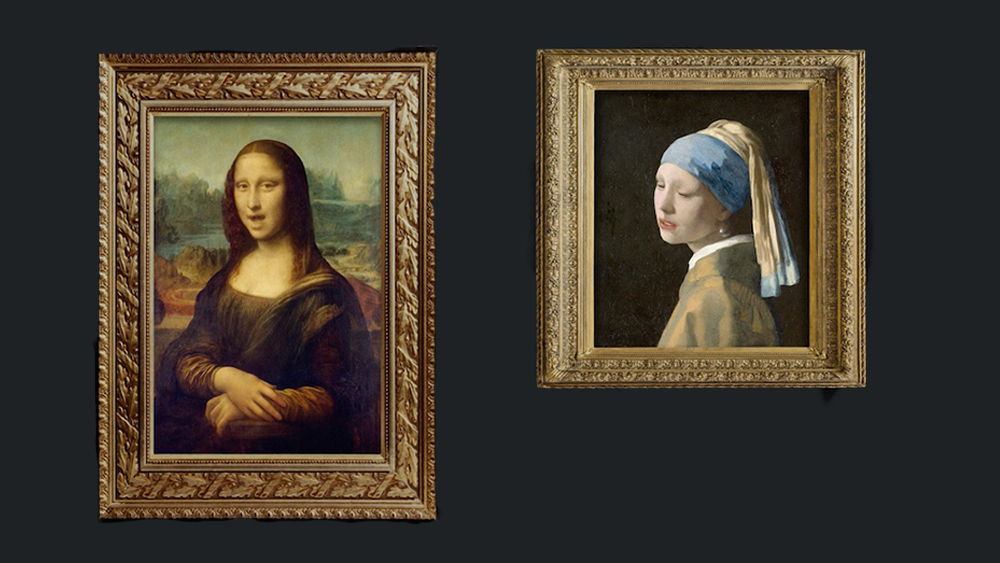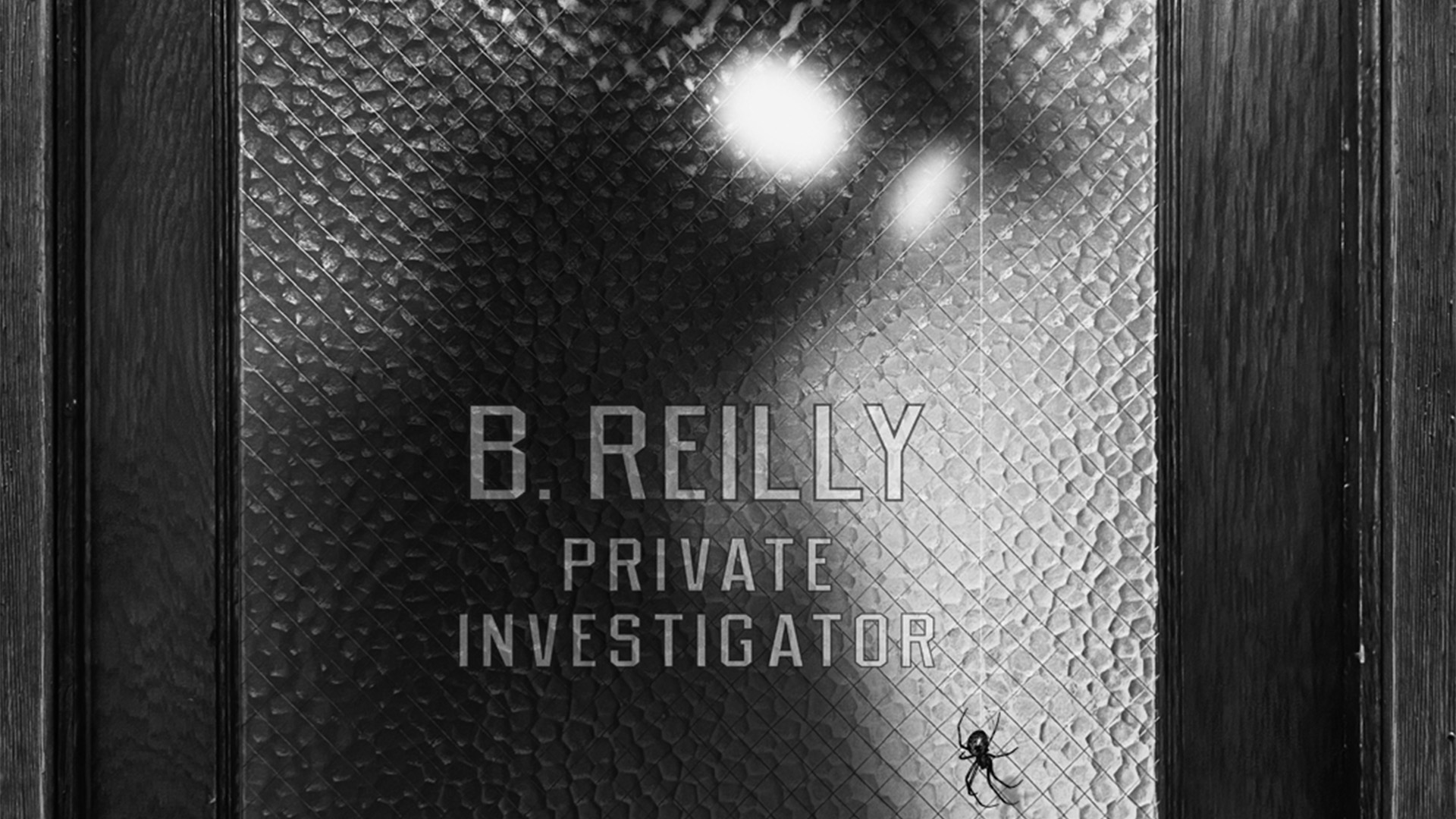AI image and text generators have caused a lot of controversies, and many are still struggling to see the potential uses. But here we have a campaign that feels just like what the technology was made for, and it throws in everything, combining deepfake image alteration with a script generated by ChatCPT.
The cheeky campaign features acerbic personifications of Da Vinci's Mona Lisa, Vermeer's Girl with a Pearl Earring, a Van Gogh self-portrait and more. The works of art come to life to urge potential travellers to ditch the usual tourist traps in favour of... Denmark (see our piece on how to use DALL-E 2 if you're still wondering how AI image generation works)
The tourist board Visit Denmark brought in the advertising agency Brandhouse/Subsero to create a campaign that brings to life paintings and statues that are as famous for attracting hordes of tourists as they are as works of art. And using deepfake technology and a script written by ChatGPT, they warn us of the long lines of people queuing to see them.
"Let's be honest: standing in line for hours just to see me, is not exactly the most exciting way to spend your holiday," the Mona Lisa says. The campaign goes on to suggest, "Don’t be a tourist – be an Explorist,” proposing Denmark as an alternative to the bucket list tourism trend.
It's an amusingly different approach to a tourism ad, pointing out the disadvantages of rival destinations more than the selling points of the destination being promoted. It comments on the strange delirium of visiting the same place as everyone else through the eyes of artworks that witness the scenes firsthand every day. The out-of-place accents add to the amusement.

Visit Denmark says the script was generated 100% by ChatGPT using prompts like “Imagine that you are Mona Lisa. Write a speech on why people should visit Denmark instead of standing in line to see you.” That might sound remarkable considering the tool's tendency to go off the rails, but the tourist board admits that it had to remove some parts that were too long or "simply not true.”
It's another early example of a brand making use of new AI technology for a campaign. But like some of those we've seen before, the use of AI is made obvious. The use of the technology adds to the sense of uncanny inauthenticity around the over-visited destinations that are being criticised, which makes more sense to me than the more earnest use of the approach in the recent Coca-Cola Masterpiece ad.
Daily design news, reviews, how-tos and more, as picked by the editors.
Read more:

Joe is a regular freelance journalist and editor at Creative Bloq. He writes news, features and buying guides and keeps track of the best equipment and software for creatives, from video editing programs to monitors and accessories. A veteran news writer and photographer, he now works as a project manager at the London and Buenos Aires-based design, production and branding agency Hermana Creatives. There he manages a team of designers, photographers and video editors who specialise in producing visual content and design assets for the hospitality sector. He also dances Argentine tango.
